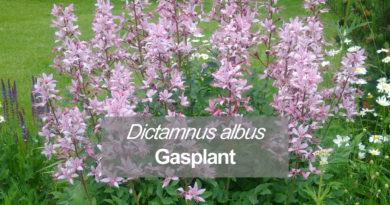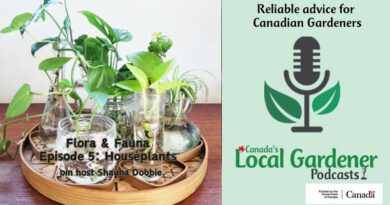Dandelions: Weed or wildflower?
By Shauna Dobbie
When I was a young child, I was allowed to pick pansies and tulips sometimes, crocuses never, and dandelions any time at all. Their latex sap turned my hands black and made my fingers taste bitter. They closed up within hours of being picked even if you put them in water. They are not the ideal cut flower, but for a little kid, they were the colour of sunshine and widely available. I thought they were magnificent.
What do I think of them today? Honestly, I’m not crazy about them. I see them mostly in public areas, where they get mowed down regularly and grow about half an inch high in parched ground. Furthermore, the latex makes my hands itchy.

The dandelion is of native and non-native extraction. It grows world-wide as different species of the same genus, Taraxicum. The plain old dandelion is T. officinale. The plant was brought here purposefully by Europeans to grow for food, medicine and as a dye.
The plant is an expert at taking hold of an area once it germinates there. It adapts to mowing by growing shorter stems, which fit under the mower. If you dig it up, it can regenerate from an inch or more of root. They reproduce by seed only, rather than by creeping. But the seeds can actually be produced asexually, through apomixis. The flower was built for survival.
All parts of the dandelion are diuretic. This give it its French name, pis-en-lit, or pee the bed. The plant may also have some anti-cancer properties and be able to lower blood sugar, though it has not been tested in humans. It should not be used by anyone with hormone-related cancer; in vitro studies have suggested dandelion can cause those cancers to grow faster.
If you’ve eaten mesclun mix salad at a restaurant, chances are you’ve eaten dandelion greens. Perhaps you’ve planted or sought out dandelions for food. You can blanch the greens to remove the bitterness or enjoy the bitterness in a salad, particularly with citrus to balance it out. The trick is to find dandelion greens that are not tainted; no pesticides and no animal waste should come into contact with dandelions used as food.
The roots are a food source as well. Frequently mentioned is that you can roast and grind them to make a coffee substitute. The roasted roots are often mixed with roasted chicory roots and sometimes cocoa nibs. It tastes… coffee-esque. Without cocoa nibs, it is caffeine free but lacks the richness.
You can eat the flowers as well; toss them into a salad. The stems of the flowers are technically edible, but not very good. You can also make dandelion wine. In fact, a few enterprising Americans are marketing dandelion wine.
Once the dandelions turn to clocks, the fluffy seed heads, the only thing they’re good for is making wishes, which will certainly come true if you wish for more dandelions.




